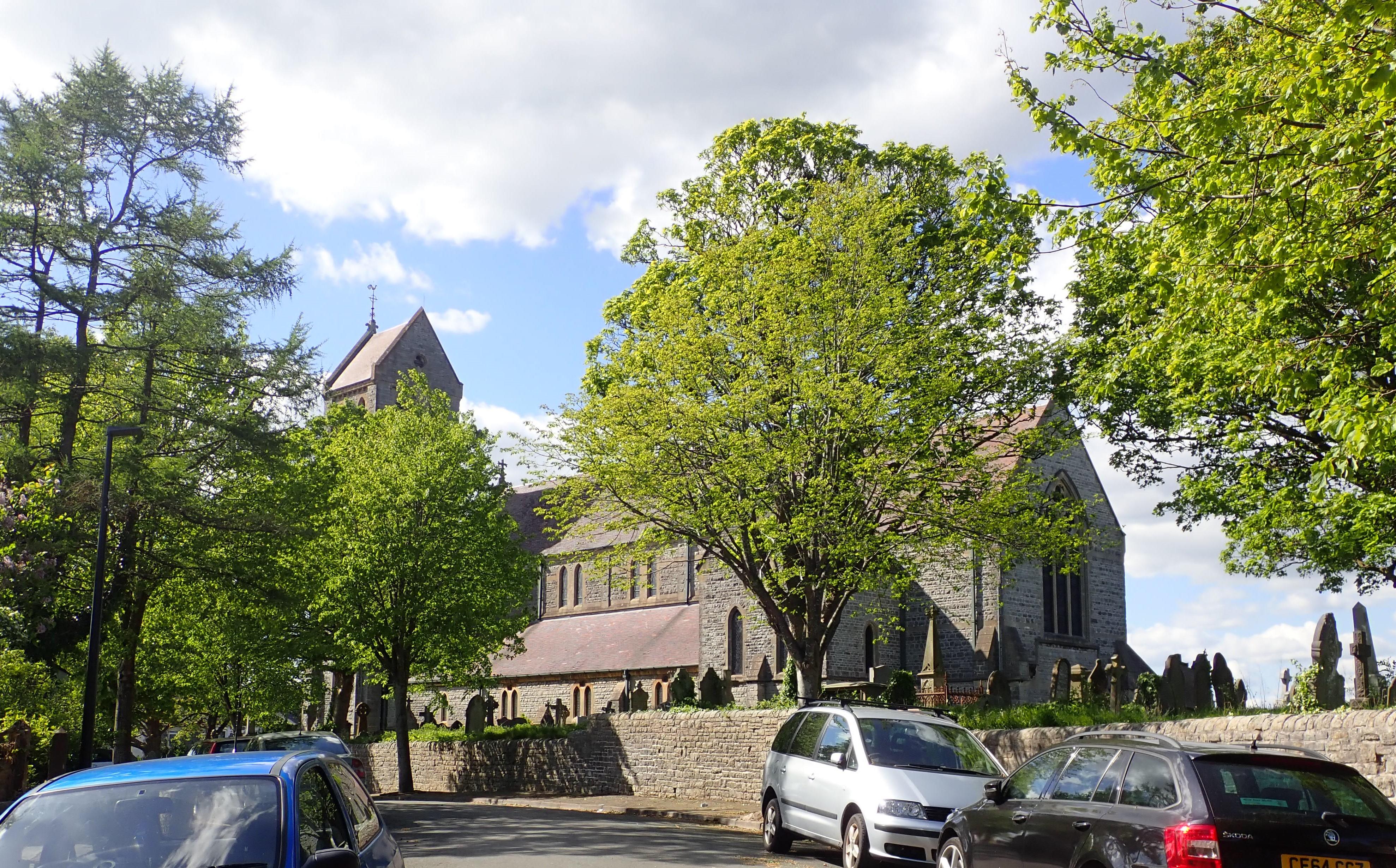Trinity Methodist Church
Penarth, Glamorgan
This impressive church opened in 1901, replacing an earlier iron church.

The original church was built in the 12th century but the current St Augustine’s was designed by famous 19th century architect William Butterfield.
Penarth, Glamorgan
The church overlooks the sea and is a landmark in the area. The church has a colourful gothic interior, with multi coloured brick and stonework. There is a beautiful east window by Alexander Gibbs. St Augustine’s is a very spiritual building.
This magnificent church was completed in 1866 having been designed by the famous Victorian architect, William Butterfield. 20th century architects have variously described it as ‘one of Butterfield's most moving love poems’ and as one of his best ‘polychromatic churches’.
The building was financed by the Countess of Plymouth at a cost of £10,000 and replaced a smaller church on the same site.
The interior of the church has changed relatively little since 1866. Butterfield was also responsible for the stained glass window above the altar and also for one of the windows in the porch.
Dr Joseph Parry (1841-1903), one of the most famous of all Welsh composers, is buried in the churchyard at St. Augustine's. He became the first Professor of Music at the University College of Wales (Aberystwyth), later establishing a private school of music in Swansea and finally becoming a lecturer in music at the University College of South Wales and Monmouthshire in Cardiff. Two of his most famous compositions are the part song ‘Myfanwy’ for male voices and the hymn tune ‘Aberystwyth’. His opera ‘Blodwen’ is believed to be the first Welsh opera.
The war memorial was completed in 1920 and designed by John Batten. It is carved in Italian walnut and consists of a canopy of fruit and foliage overhanging three panels with the names of the 200 Penarth men who died in ‘The Great War’. Below the panels are the gilded names of the main battles of the war and regimental badges in colour.
The churchyard cross, which now stands inside the church on the left of the Lady Chapel altar, is a medieval relic but is badly weathered so that only the crucifixion scene is recognizable today on one of its faces.
The organ, built in 1895, is a fine example of the work of William Hill & Son and one of the best examples of its kind in the country.
Penarth, Glamorgan
This impressive church opened in 1901, replacing an earlier iron church.
Cardiff Bay, City of Cardiff
It's not often you see white clapperboard on a Welsh church and the Norwegian Church has a unique story to tell, as well as an intimate connection with one of the world's most favourite childrens authors: Roald Dahl.
Grangetown, City of Cardiff
Architect John Coates Carter is a well kept secret, his buildings embody the Arts & Crafts movement of the early 20th century and St Paul's is said to be the finest of his surviving early churches.